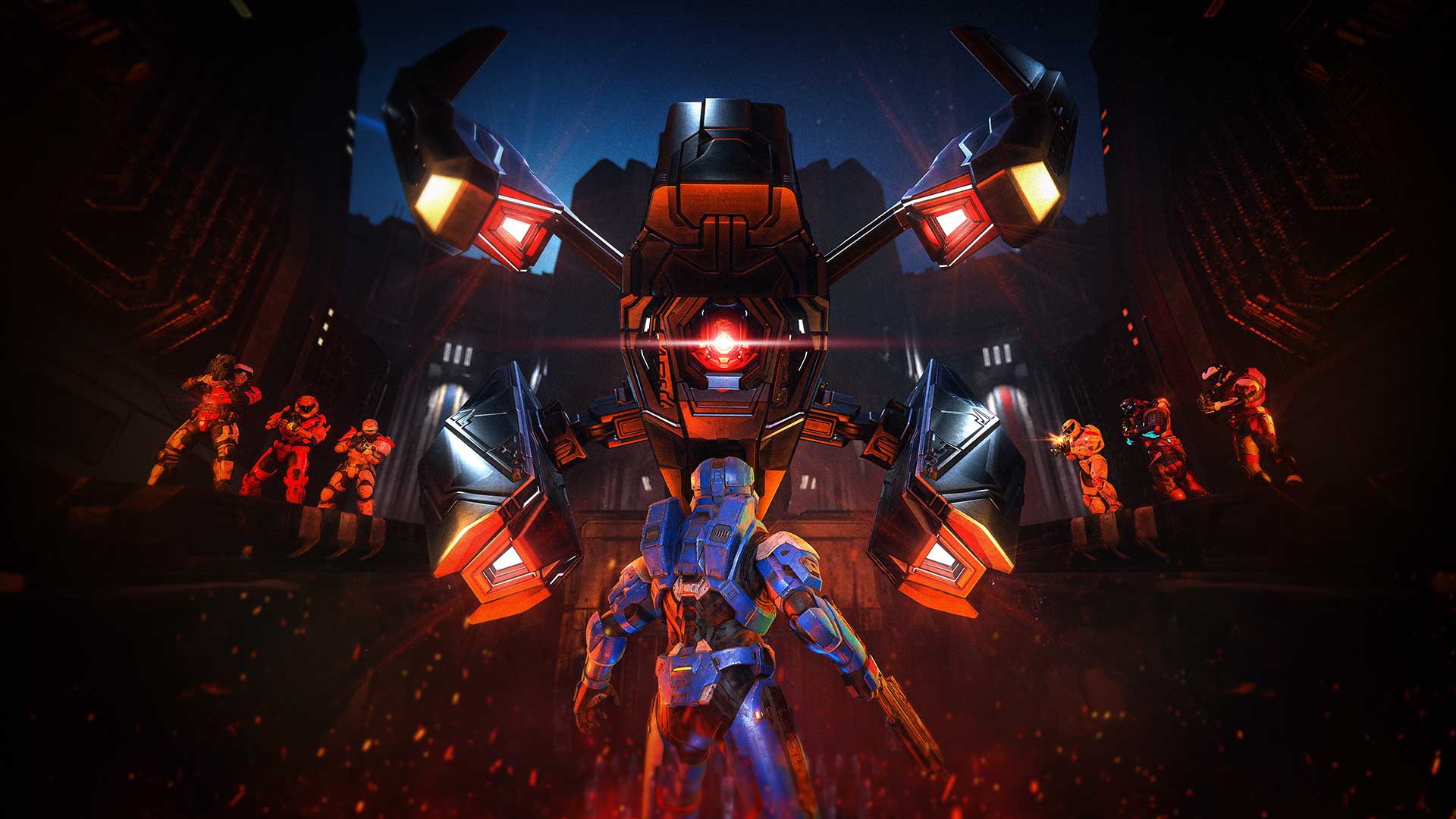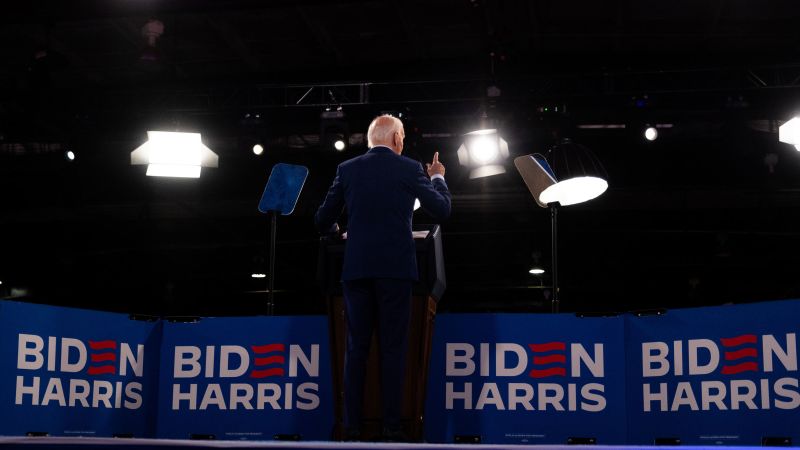This summer’s premier free agent is, strictly speaking, a costar. None of the clubs chasing Paul George are doing so to hand him the keys to their offense; a big part of George’s appeal is that you don’t have to. He plays a balanced game that is attractive specifically because it isn’t dominant or intrusive—an easy fit for virtually any lineup and any style. As such, it’s not a surprise that so many winning teams would have interest in signing or trading for George, though the breadth of that interest gives him a startling amount of power. The offseason market now effectively hinges on his decision.
What George’s suitors have to offer in exchange for his versatile, all-around play is the chance to join an established team and make it something more. What the Clippers have to offer, by comparison, is the familiar: an opportunity for George to continue apace with the same running mate in the same organization while living and playing in what is more or less his hometown. George spent years angling to get back to Southern California. It stands to reason that he wouldn’t be easily lured away. Yet the Clippers have had the opportunity to extend George’s contract for almost a year, and no deal has been struck—even as Kawhi Leonard conspicuously inked his own three-year extension back in January.
That contrast speaks to the obvious disconnect in negotiations between George and the Clippers, but also to the varying levels of status involved. Top-line superstars like Leonard almost never make it to free agency anymore. They are extended or traded, usually at their request, accommodated to the very end on their own terms. Second stars are attractive enough to swing the market, but not so attractive, apparently, as to be kept off it in the first place. Free agency used to be a time for teams to clear house and take risks—to reinvent themselves in the image of a superstar. Now, it’s a time for teams to augment what they do without really changing who they are.
The reported snag in George’s return to the Clippers is his interest in a four-year deal, one year longer and one year richer than the team is inclined to offer. The team’s concern is certainly fair. George, now 34 years old, has played in about two-thirds of the Clippers’ games in his five seasons with the team, his availability often graded on a curve only because Leonard has played even less. The idea of these Clippers could never stand up to the chronic injuries and mounting surgeries of the two stars who were supposed to hold it all together. The 2023-24 season was George’s healthiest campaign in a half decade, but he’s now five years removed from his blockbuster trade to the Clippers and five years older, with little to show for it. Time has made George a different player. He can’t carry top defensive assignments every night anymore, or at least he shouldn’t. His jumper is as steady as ever, but he’s getting to the basket less frequently than at any point in his career.
Yet the Clippers can’t really afford to lose George, even as they posture as if they can. Push a little too hard and PG might wind up a Sixer, or maybe even a Knick—while a Clippers lineup led by Leonard (assuming he’s healthy) and James Harden (assuming he re-signs) headlines the opening of the Intuit Dome. The best version of George flanks other stars, working off the ball in ways that allow players as particular as Leonard and Harden to thrive. And the best version of the Clippers leans on George to provide the connective tissue between otherwise disparate perimeter talents. Even when Kawhi was out of the lineup, George shifted and adapted to offer a wide range of lineups whatever they needed. It’s possible that the free agency rumors, the opt-in-and-trade scenarios, and the side-eye from Joel Embiid is all just theater, a means for George to get what he wanted from the Clippers in the first place. Yet other quality teams seem quite willing to play along, their hopes pinned to the possibility that those talks will go sideways.
Basketball stardom generally evokes iso work and takeover scoring. George has that in his game, but what makes him such an ideal second star is the way he brings an entire roster together. His skill set makes space for teammates of all kinds; George can cover for lacking defenders, make up for limited playmakers, and create lanes for straight-line drivers. Those qualities could become even more valuable in the age of the second apron. The highest-spending teams in the league will now be more reliant than ever on bargain talent, useful in some ways but clearly flawed in others. And those sorts of conditional players fare well next to a utility star like George. He’s not suited to carry a team, but rather to support one—binding a rotation together to make every part of it stronger.
It’s because of that flexibility that, even 14 seasons in, George remains the closest thing the NBA has to a platonic ideal on the wing. Superstars like Leonard are exceptional figures, so preposterous in their ability to generate offense that they’re afforded a kind of usage and latitude other players are not. The only way to play like Kawhi Leonard is to be at least vaguely, conceivably as good as Kawhi Leonard—otherwise, an up-and-coming wing would never be given the chance to create in the fashion Kawhi does in the first place. But there is something in George’s game for every wing player of every age and type to emulate, which is how he became an archetype for an entire generation of wings. Prospects from Brandon Miller to GG Jackson can map George’s game onto theirs and see a fluid, attainable kind of stardom. Leonard made an all-time career through brute efficiency and jagged edges. George found his way into a smoother style, in form and function, that has positioned him, even now, as one of the sport’s most seamless second options.
George and Leonard have played well together when their bodies have given them the chance, though that’s largely because George could play well with anyone. That’s what’s so enticing about his free agency; teams are lining up to hand a massive contract to an aging wing with a concerning injury history because he makes so much sense alongside any other star out there. George would be a dream pairing for Embiid, flowing in and out of dribble handoffs and tugging at defenses from the weak side. He’d be a perfect pressure release for Jalen Brunson, who would benefit not only from George’s first-class shooting, but also from the length he would bring to New York’s lineup. Next to George, Paolo Banchero would see daylight for the first time in his Magic career, all without compromising Orlando’s rangy, adaptable essence. The landscape of the league might not change with George’s signing—or with the decision of any player who would hit free agency these days—but the fate of at least a few teams might.
At this point, George has tried carrying a team of his own, working alongside one of the highest-usage superstars in the league, and fronting a modern superteam. Going back to the Clippers would be a continuation of that last point, a return to essentially the same well-worn competitive circumstance he handpicked five years ago. It also, in a basketball sense, might be one of the harder contending paths available to him. There is clear, indisputable evidence that having multiple star wings can produce a title, as the bits of confetti still strewn about TD Garden can corroborate. Yet those star pairings require a kind of work and negotiation that others don’t—of role, of specialty, and of the literal space on the floor. The best superstar wing tandems can be overwhelming, even unstoppable. But a pair of do-it-all wings has to steer around each other, blending in ways that aren’t always intuitive.
George makes sense for any team, but at this stage in his career, not every roster makes the most sense for him. So much changed for George when the Clippers added Harden, a dedicated playmaker who freed him from the play-to-play logistics of generating offense and allowed him to play more to his off-ball strengths. That could be an enticement to return—one more reason to hope that, if only the Clippers stars can stay healthy, they might finally make good on all of their on-paper promise. It could also be a window to the other side, and a reminder that there are other talented teams out there operating with a kind of ease and structure the Clippers have never really had.

Christine Lake is a sports fanatic who lives and breathes athletics. With an extensive background in sports journalism, he covers everything from major league championships to grassroots sports events. When she’s not on the field or at the stadium, you’ll find Christine coaching youth sports teams.






